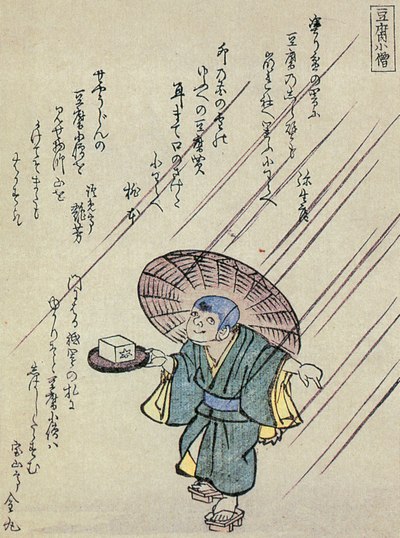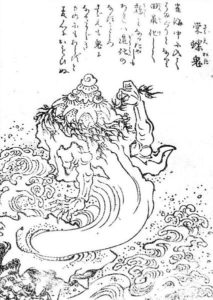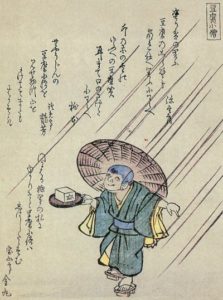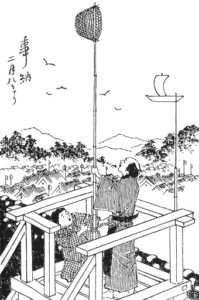
Japanese Supernatural Creatures to Look Out for on Halloween
As a country that has popularized cosplay, performance art, and wearing costumes and fashion accessories to look like a particular character, Japan is a natural at celebrating Halloween with just as much pomp. Japan has its own fair share of supernatural creatures, or yōkai, from stories passed on from one generation to the next. There are creepy monsters, ghostly ghouls, and cursed crawlies that the Japanese believe to haunt the unaware. Here are some of Japan’s spooky creatures that you just may bump into on Halloween night:
Ume no haru gojūsantsugi (梅初春五十三駅), art of Bakeneko (a shapeshifting cat), circa 1835.
Bakeneko (化け猫) – a cat that has become supernatural. Legends of the bakeneko’s existence are all over Japan.
Cats’ general characteristics have contributed to the Japanese belief that they are magical—how their fur creates sparks when petted (noticed well before the cause was attributed to static energy), their ability to walk stealthily, how the pupils of their eyes change shape, their nocturnal ways, and other things that seem out of the ordinary.
Onihitokuchi (鬼一口) – a one-eyed supernatural creature that kills then eats humans from “The Tales of Isle.” Stories of the Onihitokuchi were common at the time, most likely because the famines and disasters of that time took so many lives.
Onihitokuchi (鬼一口) from the Konjaku Hyakki Shūi (今昔百鬼拾遺), circa 1780.
Tōfu-kozō (豆腐小僧) – this particular yōkai appears as a child carrying a tray of tofu. Tōfu-kozō is a popular supernatural creature that appears in several books during the Edo and Meiji period. Supposedly, they like tofu and are depicted in the senryū (Japanese short poetry) poems.
Mikaribaba (箕借り婆) – a supernatural creature whose stories originated from the Kantō region. Mikaribaba is depicted as a one-eyed old woman who would visit people’s homes each year on the 8th day of the 2nd month and the 8th day of the 12th month of the lunar calendar. It would borrow human eyes and sieves. People would avoid leaving their homes on these days. They would also practice leaving a bamboo basket (zaru) on a tip of a bamboo stick at the edge of the roof to make it appear that the stitches in the basket are eyes that would draw the Mikaribaba away from the people inside.
Kotoosame (事納め) from the Onko-nenjūgyōji (温古年中行事), circa 1884.




